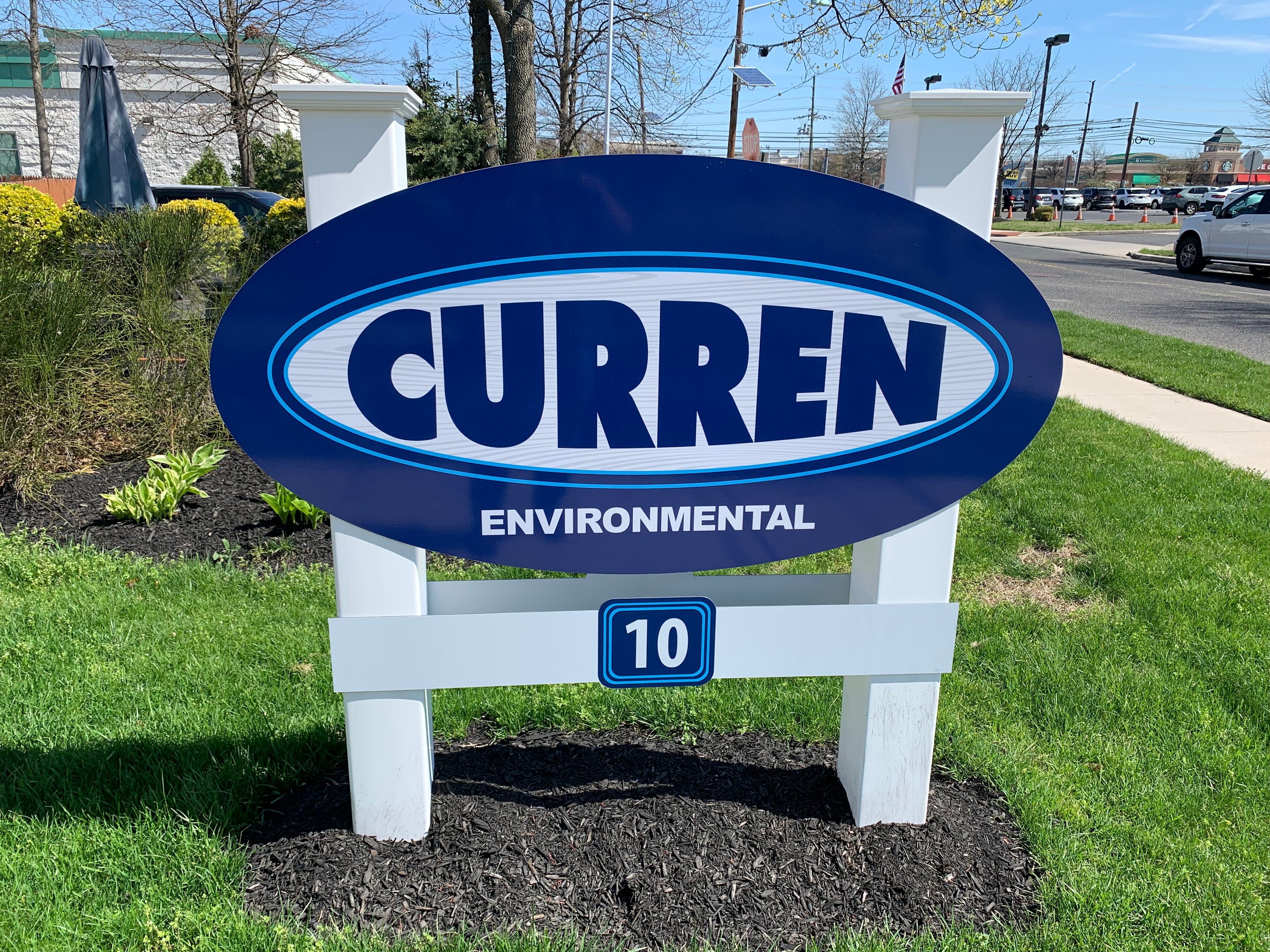Are Aboveground Storage Tanks a Problem?
Many properties have an Aboveground Storage Tank (AST) either in use (current fuel source) or not being used (converted to natural gas typically). So, people want to know if there are any concerns with these ASTs. The answer is yes. We have oil company clients that are replacing heating oil ASTs installed 20 years ago, because the tanks are out of warranty and an attorney for buyers are requiring tank replacement. They want the tank replaced because when the tanks fail you lose hundreds of gallons of oil and clean up costs in the thousands of dollars.
The photo below is from an in-use Aboveground Storage Tank (AST). The tank rusted as all metal does and leaked oil, which ran to a sub pump which then got pumped into the yard.

It's no secret we work for dozens of HVAC and oil companies. Sure, everything ages. The photo below is a tank that is 21 years old, but look how thin the metal is! Do you know the tank starting dripping oil when we were cutting it up? True story, couldn't see a hole, but it was there. That tank got removed just in time.


Why are Aboveground Storage Tanks (ASTs) a concern?
First, many ASTs replaced a UST. In our universe rarely do people replace something before it is broken so when an AST replaces a UST, something went wrong with the UST. Commonly the tank leaks, takes on water and people install a new tank, which is far cheaper than installing a new furnace and converting to natural gas. Oh and the UST is either filled in place (why remove it and find out it leaked). It is also common for the UST to have nothing done with it, because doing anything costs money. Learn about filled in place tanks
The second reason an AST can be an issue is the same as a UST, tanks rust and oil leaks. You don't even have to be using the tank. The photo below shows a tank that had been out of service for years. But became a serious problem when the owner smelled oil and went into the basement to see oil on the floor. The smell upstairs was apparently unbearable.


Now for this leak the oil flowed across the floor into the trench drain, which is designed to manage liquids on the basement floor, which typically means water, in this case oil. So now the concrete floor has to be broken up to get the oil that migrated below the floor. Oh and you have to rebuild part of the trench drain since the stone in it has oil contamination.
Yes this could have been avoided if 10 years ago the owner removed the AST. Learn about AST Closure

What is an UST? An underground storage tank system (UST) is a tank and any underground piping connected to the tank that has at least 10 percent of its combined volume underground. But many ASTs have no legs and are sitting in sand or dirt. Often times the ground is dug out so the tank can lay in a shallow grave, perhaps people were thinking it would prevent the tank from rolling? In any event metal sitting in soil, even though you see 90% of the tank aboveground will rust on the buried portion of the tank. So you may have an AST in a crawlspace or under a porch, but this tank is still subject to age and rust. As you can see from the photo below the tank was able to be removed, we just had to remove a non-weight bearing wall to access the tank.

How about new AST's? Sure new is better, but new is only new until it's not new. Meaning everything ages and many new tanks have a very short warranty. If this tank had a 3 or 5 year warranty it would be expired. Why would someone replace a tank with a tank with such a short warranty? Cheaper, particularly if you are selling the home, sellers will replace items with cheaper items because they do not benefit from a more expensive long term quality item.


Bottom Line on Heating Oil ASTs:
Things wear out and tanks leak when they fail, which costs owners thousands of dollars to clean up. To manage ASTs, people have to do what they are conditioned not to do, replace something before it breaks/.
Questions?
Call the Experts
888-301-1050













